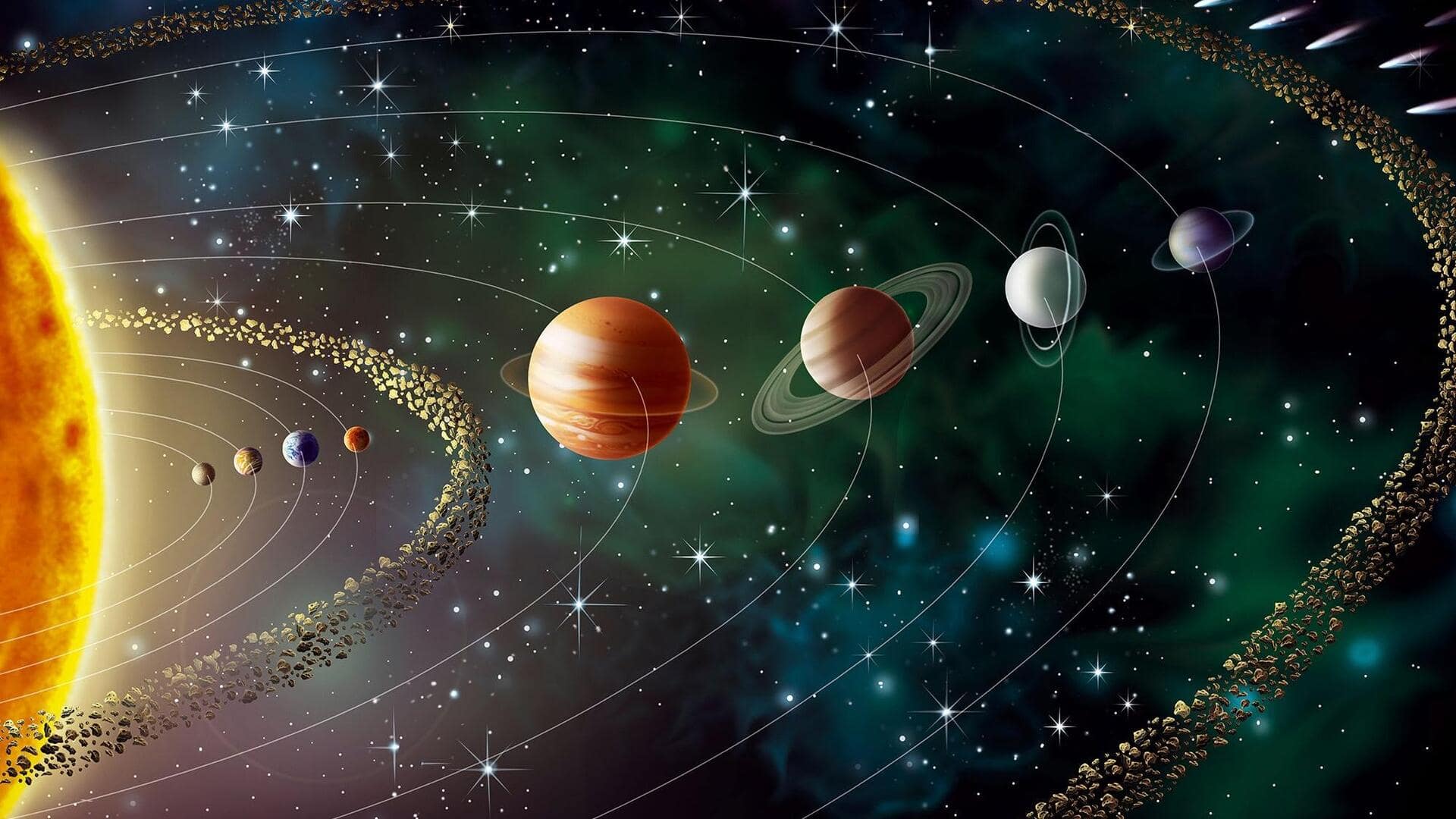
This distant body sheds light on solar system formation
What's the story
The Subaru Telescope has discovered a small celestial body beyond Pluto, shedding light on the formation and evolution of the outer solar system. The object, provisionally named 2023 KQ14, was detected during the FOSSIL (Formation of the Outer Solar System: An Icy Legacy) survey project. The discovery was made via observations conducted in March, May, and August 2023 with Subaru's wide field of view capabilities.
Orbital characteristics
Discovery of 2023 KQ14
Further observations in July last year with the Canada-France-Hawaii Telescope, and a search for unrecognized sightings of the object in data from other observatories, helped astronomers track its orbit over 19 years. Its unusual distant orbit has led to its classification as a "sednoid," that makes it only the fourth known example of this rare type of object. Numerical simulations by the FOSSIL team suggest that 2023 KQ14 has had a stable orbit for at least 4.5 billion years.
Solar system diversity
New constraints on hypothetical Planet Nine
The current orbit of 2023 KQ14, which differs from other sednoids, suggests a more diverse and complex outer solar system than previously thought. This discovery also puts new limits on the hypothetical Planet Nine. If it exists, its orbit must be farther out than usually predicted. Dr. Yukun Huang from Japan's National Astronomical Observatory said this finding lowers the possibility of the Planet Nine hypothesis, and suggests that a planet may have existed in solar system but was later ejected.
Discovery impact
Here is what Dr. Yoshida said
Dr. Fumi Yoshida emphasized the importance of this discovery, noting that 2023 KQ14 was found in a region where Neptune's gravity has little influence. The presence of objects with elongated orbits and large perihelion distances in this area suggests something extraordinary took place during the ancient era when 2023 KQ14 formed. "Understanding the orbital evolution and physical properties of these unique, distant objects is crucial for comprehending the full history of the solar system," Yoshida added.